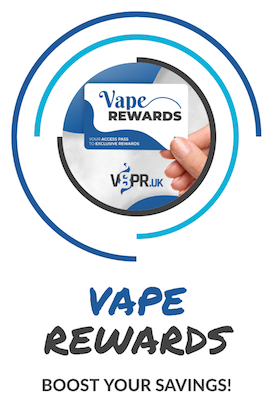
How Is E-Liquid for Vapes Made?
Vape juice, also known as e-liquid, is a viscous liquid used to refill an electronic cigarette or vape. The e-liquid is heated in the vaporiser to produce a cloud of vapour. E-liquid production for vapes involves complex systems and time-consuming procedures since adding the correct percentage of nicotine to the mixture requires precise measurements.
E-liquids typically contain PG and VG, with one typically dominant than the other. Nicotine, propylene glycol (PG), water, vegetable glycerin (VG), and flavourings generally are the only ingredients used to make e-liquid.
Initially, PG and VG are combined, and a small amount of flavouring is added. The nicotine is then precisely added to the mixture and shaken. Following that, the tincture undergoes a “steeping” process in which the e-liquid is stored for days to improve the flavour.
By the end of this article, you'll have a better understanding of what each component of your e-juice accomplishes and how it influences your vaping experience.
E-Liquid Ingredients
1. Nicotine
Nicotine provides a satisfying throat hit for smokers and is still the main ingredient in most vape e-liquids. Most people believe that vaping is a good smoking substitute because it allows you to satisfy your nicotine cravings without light tobacco leaves.
Different smokers prefer different levels of nicotine. Manufacturers create different nicotine percentages in other vape juices to meet the cravings of different people.
Nicotine is a highly harmless drug: the smoke from cigarettes causes harm, not the nicotine itself. While it is hazardous in large concentrations, vaping does not allow self-poisoning.
2. Propylene Glycol
Propylene glycol is colourless, odourless alcohol. In e-juices, PG is used as a vehicle to carry the flavouring. As a result, the higher the PG ratio, the sharper the flavour than VG.
Although PG has been linked to a few minor health issues, it is considered safe. Some people, however, are sensitive to it; if a high PG liquid makes you sick, switch to a higher VG liquid. Cloud chasers dislike PG because it produces less visible vapour than VG, but people who want to vape discreetly prefer it. It also has a stronger throat impact and retains more flavour.
3. Vegetable Glycerin
Due to the liquid's viscosity, VG affects the amount of vapour created. The higher the VG ratio, the thicker the clouds. Cloud chasers will employ a high VG ratio in sub-ohm vapes to make huge, plumy clouds. Additionally, it is renowned for its gentler and smoother throat impact. Most liquid designed for modern atomisers is vegetable glycerin, or VG – up to 80% by volume. VG is a colourless, non-toxic liquid with no odour and a sweet taste.
4. Flavourings
E-juice makers employ FEMA-approved 'food grade' or 'GRAS' flavouring concentrates (flavour extracts manufacturers association). While the flavouring concentrates are considered food-grade, the effects of inhaling them remain unknown. Flavouring concentrates make up no more than 10% of the entire e-juice composition.
Final Words
While some of the compounds listed above are recognised to be safe in food and medications, the health hazards associated with chronic inhalation of significant amounts of the chemicals are unknown. The long-term consequences are nearly unavoidable. They cannot be precisely defined at the moment. Certain things are certain: they will not be pleasant.
Are you looking for vape e-juice in the UK? V8PR is an online vape shop that aims to help grow the vaping community in various ways. You can look through our vape kits, flavour-packed e-liquid collection, and a wide range of vape accessories for beginners who want to get started right away. Contact us today!







